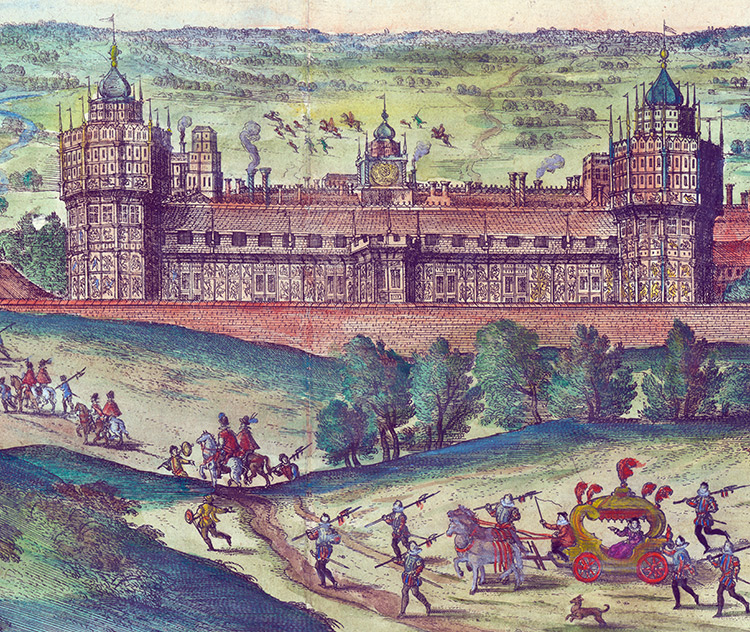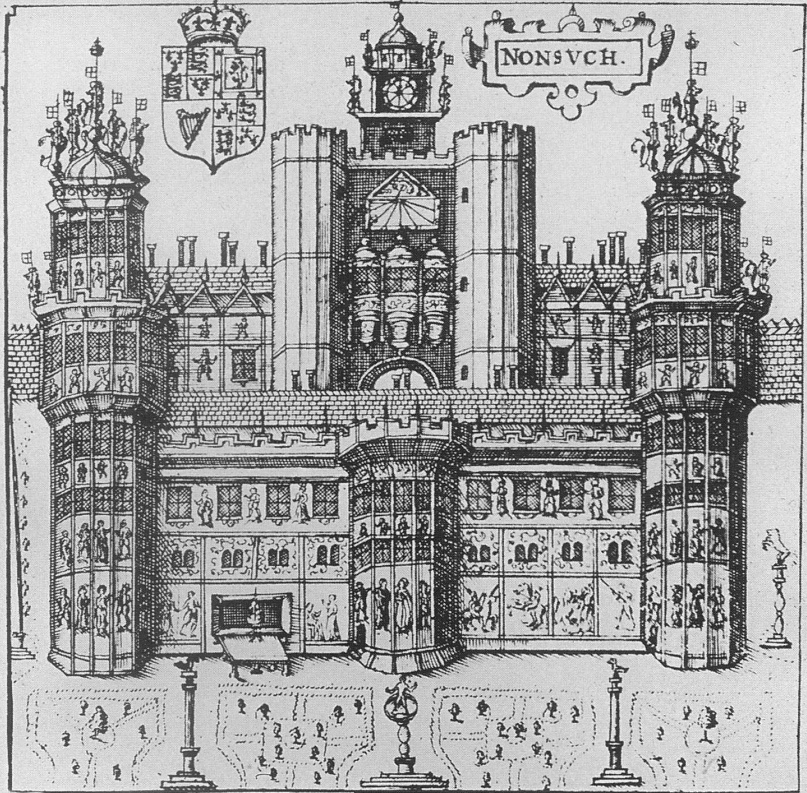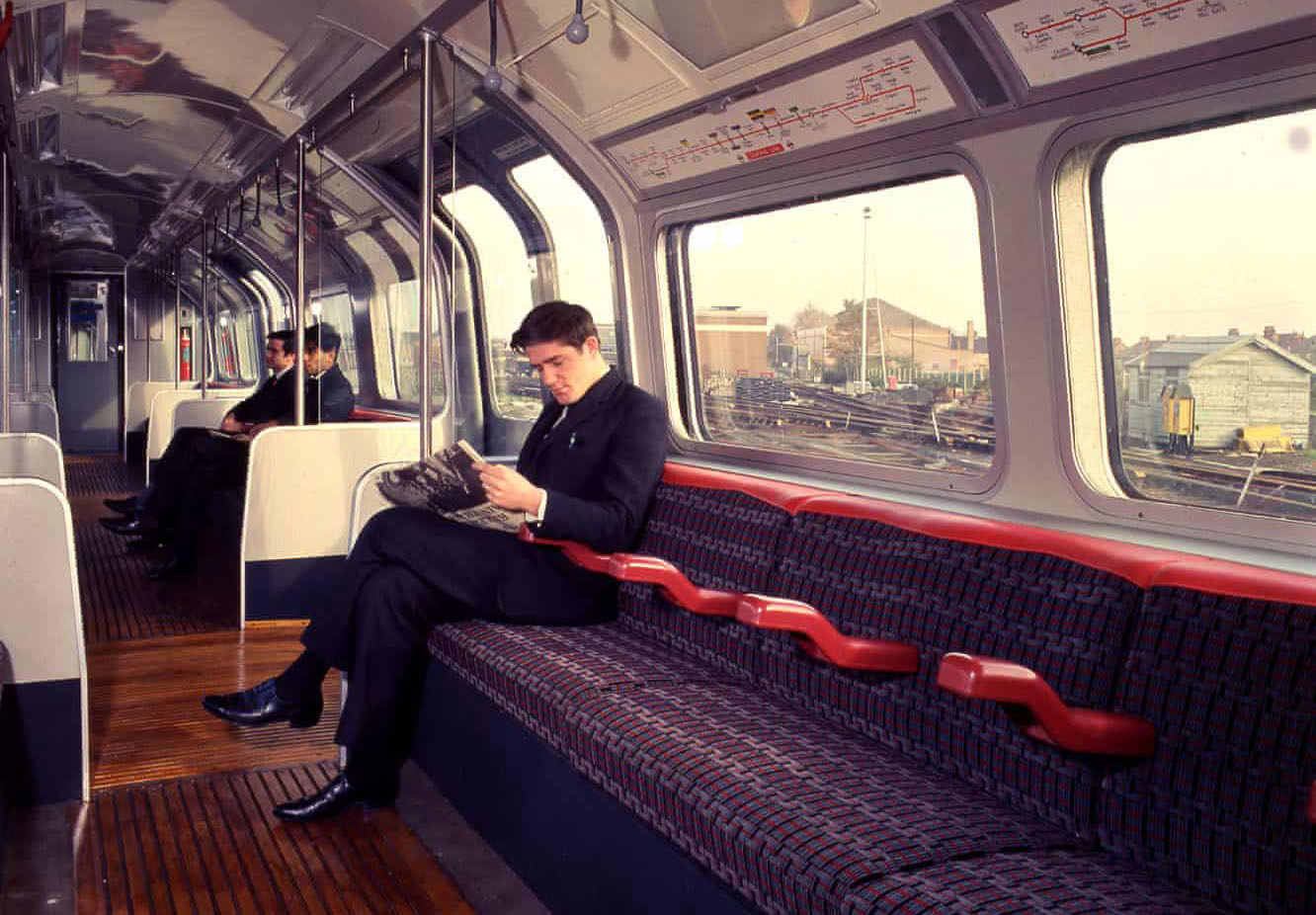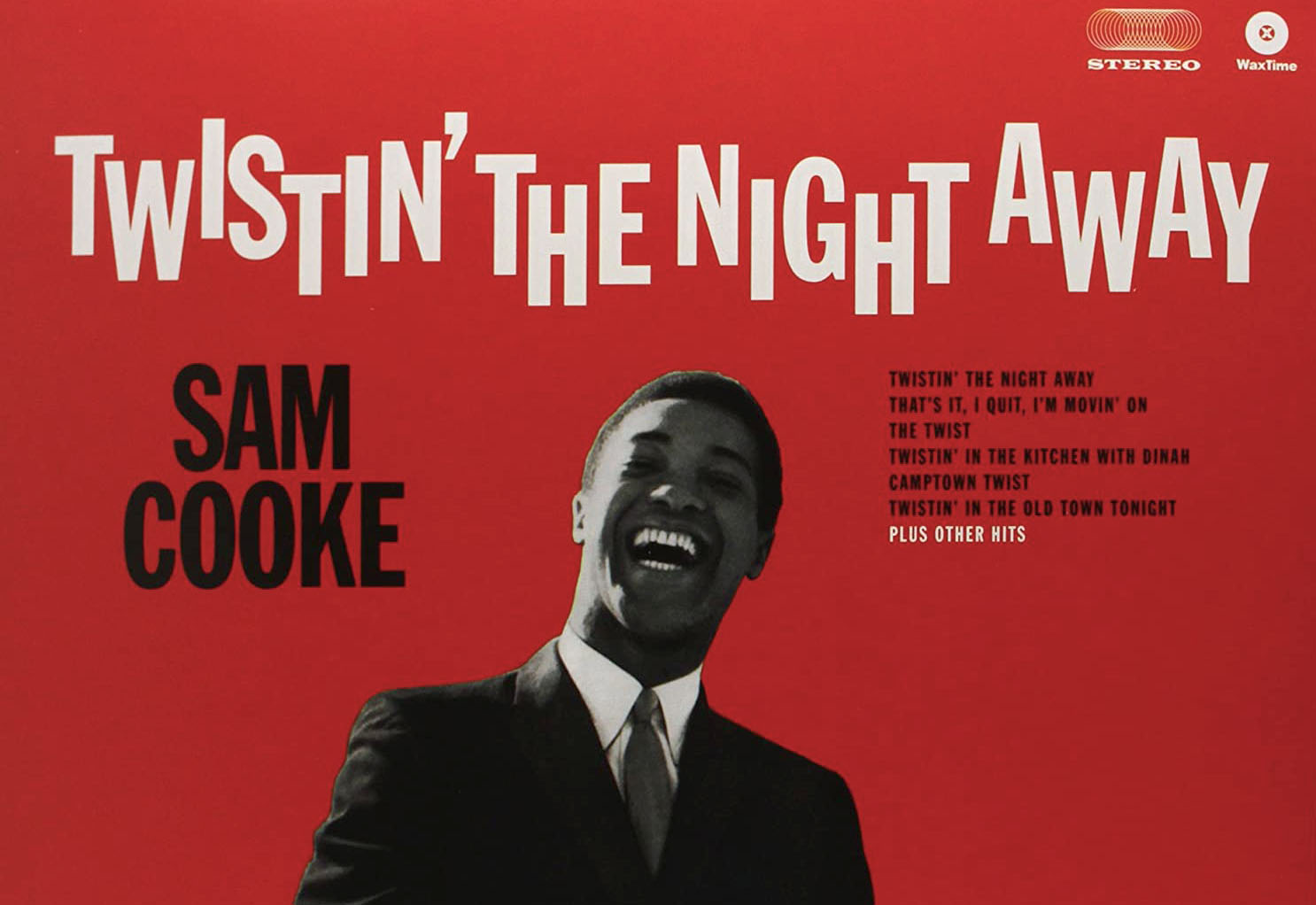
Once considered to be one of the finest architectural wonders of the world, this lost Tudor palace near Cheam, Surrey (11 miles from Charing Cross, London) stood for 150 years until it was demolished to pay off the gambling debts of Charles II’s mistress.
No such palace like it
Work started on Nonsuch in 1538 to commemorate the birth of Henry VIII’s long-awaited son Edward VI. It was called ‘Nonsuch’ because ‘no such’ palace was to rival it in splendour. Built from the stones of a demolished London monastery it was one of the grandest of Henry VIII’s building projects.
Italian craftsmen were shipped in to create beautiful stucco friezes, and the palace reportedly cost more than Hampton Court to build. Henry VIII however, did not live long enough to see Nonsuch completed.
The Treaty of Nonsuch
The palace continued to play a crucial role in the cultural and political life of Tudor England after Henry VIII’s death. It regularly hosted elaborate celebrations, banquets, and entertainment. Elizabeth I often stayed at Nonsuch, and in 1585, the palace served as the venue for the signing of the Treaty of Nonsuch which pledged financial and military support for Dutch rebels against Philip II of Spain (at this point The Netherlands belonged to Spain so this meant England and Spain were effectively at war).
The palace continued as a royal residence until the English Civil War, when the building fell into a state of disrepair.

Gifted to a mistress: Lady Castlemaine
In 1670, Charles II gifted the palace to his favourite mistress Lady Castlemaine, known alternatively as ‘the curse of the nation’. Fond of gambling she was known to have lost a staggering £2.5 million in a single evening.
To help pay off her gambling debts Lady Castlemaine had Nonsuch palace torn down, selling off its contents between 1682 and 1687. Every single brick of this magnificent palace disappeared.
Nonsuch Palace in memory
Today only 4 paintings of Nonsuch exist, although a replica based on 50 years of research can be viewed in the service wing of Nonsuch Mansion in Nonsuch Park. An 18th-century manor house was built close to the original site of the palace.
Note:
Nonsuch Palace is not to be confused with ‘Nonsuch House’; a 4- storey house that once stood on London Bridge (completed in 1579).



Leave a Reply